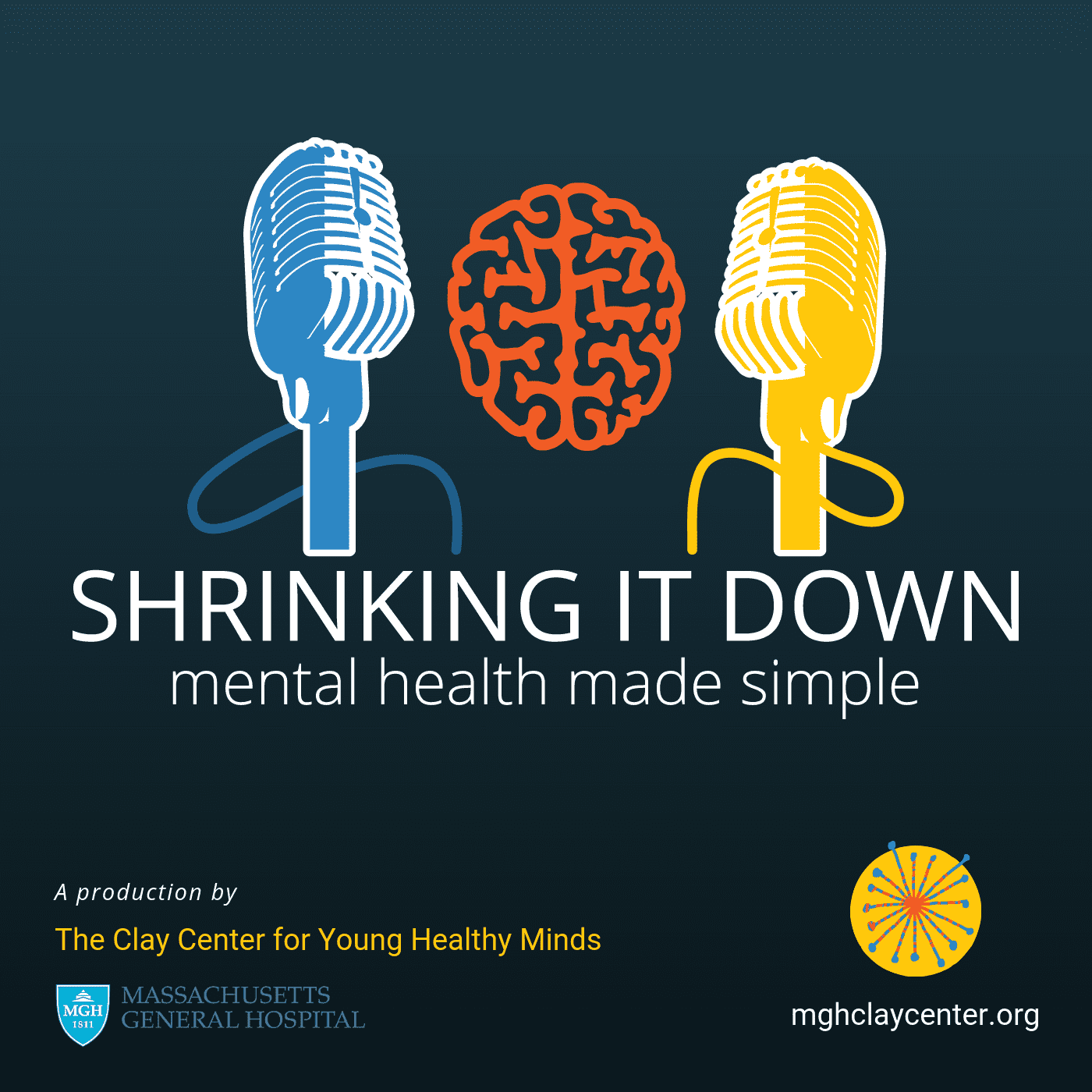CBT Snapshot: Using Cognitive Behavior Therapy for Phobias

Posted in: Grade School, Parenting Concerns
Topics: Mental Illness + Psychiatric Disorders
Cognitive Behavioral Therapy (CBT) is an evidence-based talk therapy that can be used to help with mental health challenges. In this CBT Snapshot series, Dr. Ellen Braaten gives a glimpse of what it looks like to use CBT for a range of mental and behavioral health disorders, including CBT for phobias.
Steve was a 9-year-old boy who was overwhelmingly afraid of spiders. Until about a year ago, this didn’t present much of a problem. However, he really wanted to attend a summer sleep-away camp but was too afraid to go because he was worried about seeing spiders in the woods and – even worse – in his tent! Steve’s parents sought the expertise of a CBT therapist.
Luckily, there is considerable support for the efficacy of using CBT approaches to treat phobias. During the early part of treatment, the therapist used a variety of techniques – all of which are well-established treatments. These include:
- Graduated exposure is where Steve faced the feared stimuli (the spider) for a sufficient amount of time for him to become habituated to (in other words, “used to”) the feared object. The therapist started by teaching relaxation techniques and developing a fear hierarchy where Steve had to list his fears about spiders from least scary (seeing a picture of a spider) to most scary (having a spider crawl on him). Once Steve was able to put himself in a relaxed state, the therapist presented items from the fear hierarchy (starting with the least feared items). She started by presenting these situations through imagery and then progressed to live situations that included seeing the spider and eventually having the spider crawl on him.
- Modeling appropriate behaviors. During the process of exposure therapy, the therapist modeled appropriate responses to the spider, which even included having Steve watch the spider crawl on her!
- Reinforced practice. When Steve practiced becoming comfortable with situations on the hierarchy, he was reinforced for his behaviors. In addition, he was not forced to move up the hierarchy unless he was quite comfortable doing so.
Steve’s spider phobia responded quite well to treatment using CBT for phobias. Within 16 weeks, he had gone from being enormously phobic of spiders, to having a spider crawl on his arm. While he didn’t enjoy the experience, he did tolerate it, and found himself capable of going to the summer camp he was so eager to attend.


 Share
Share Tweet
Tweet





